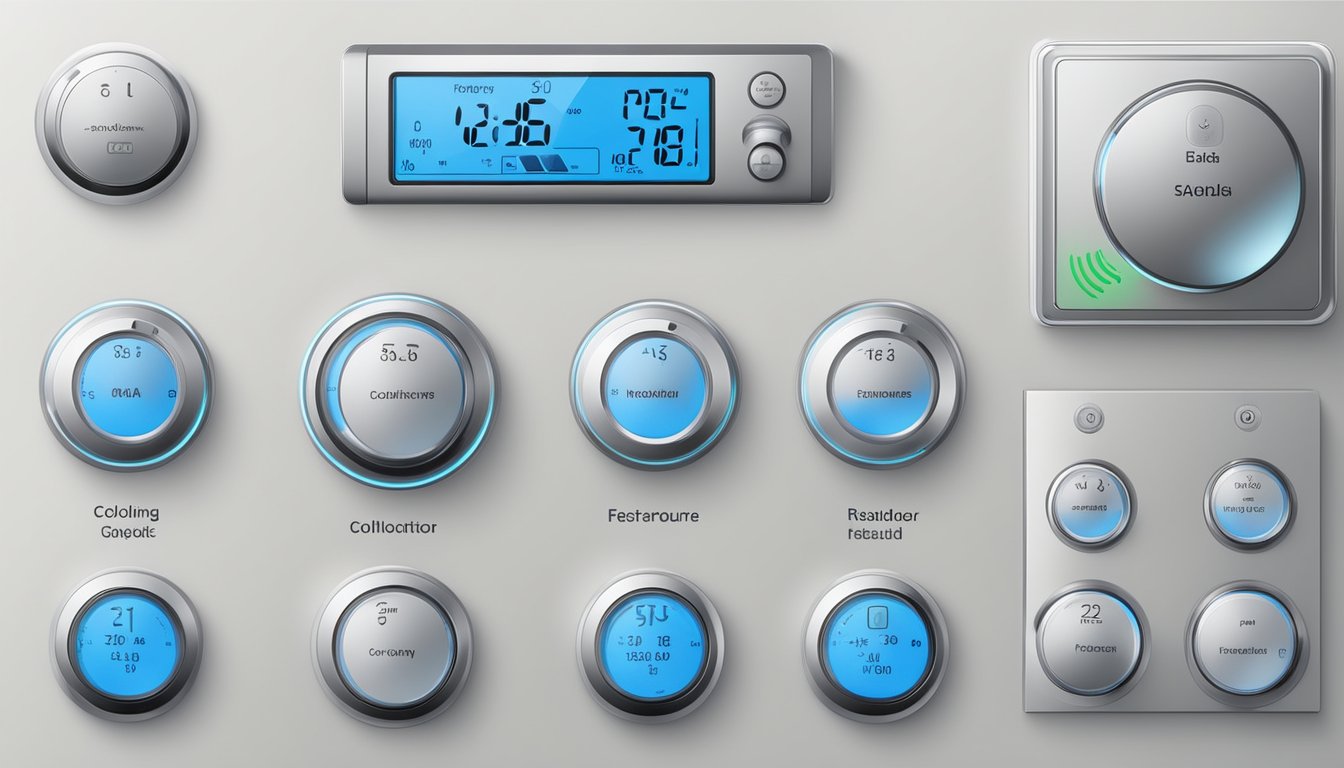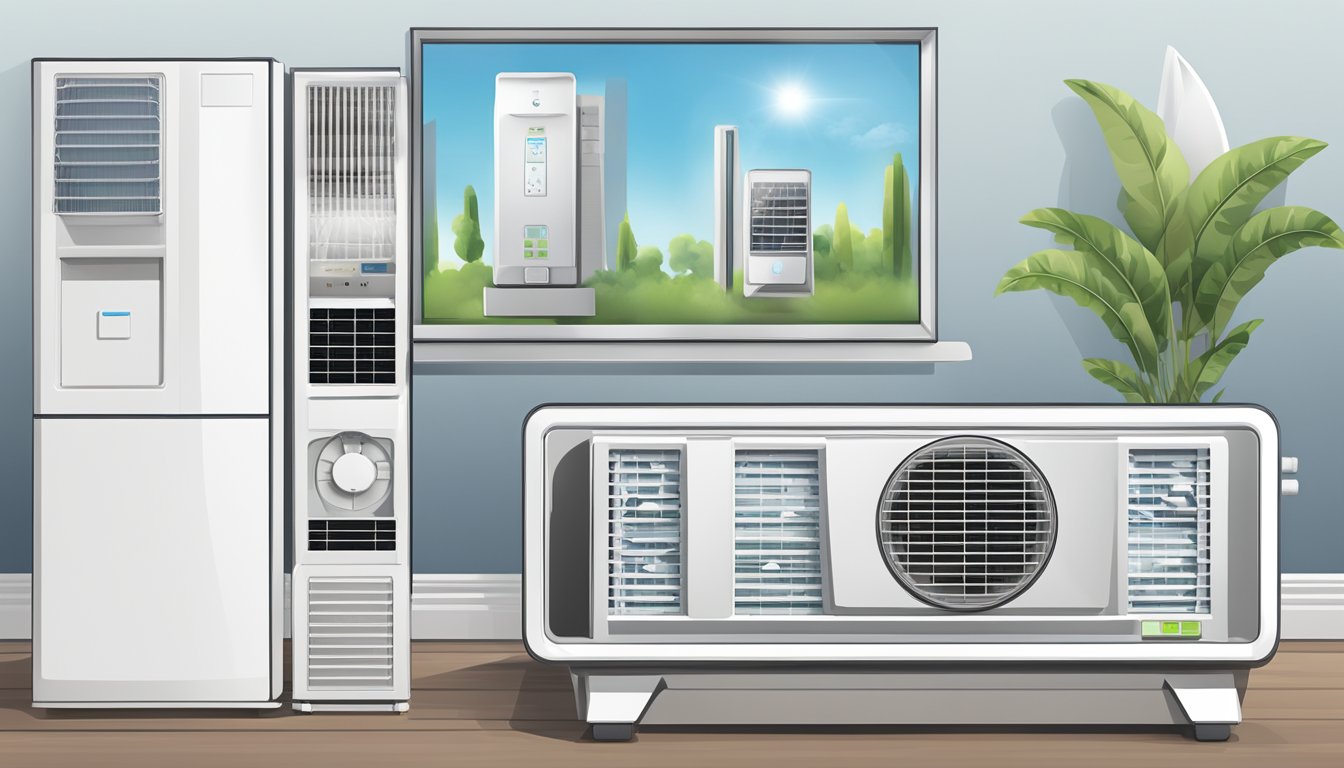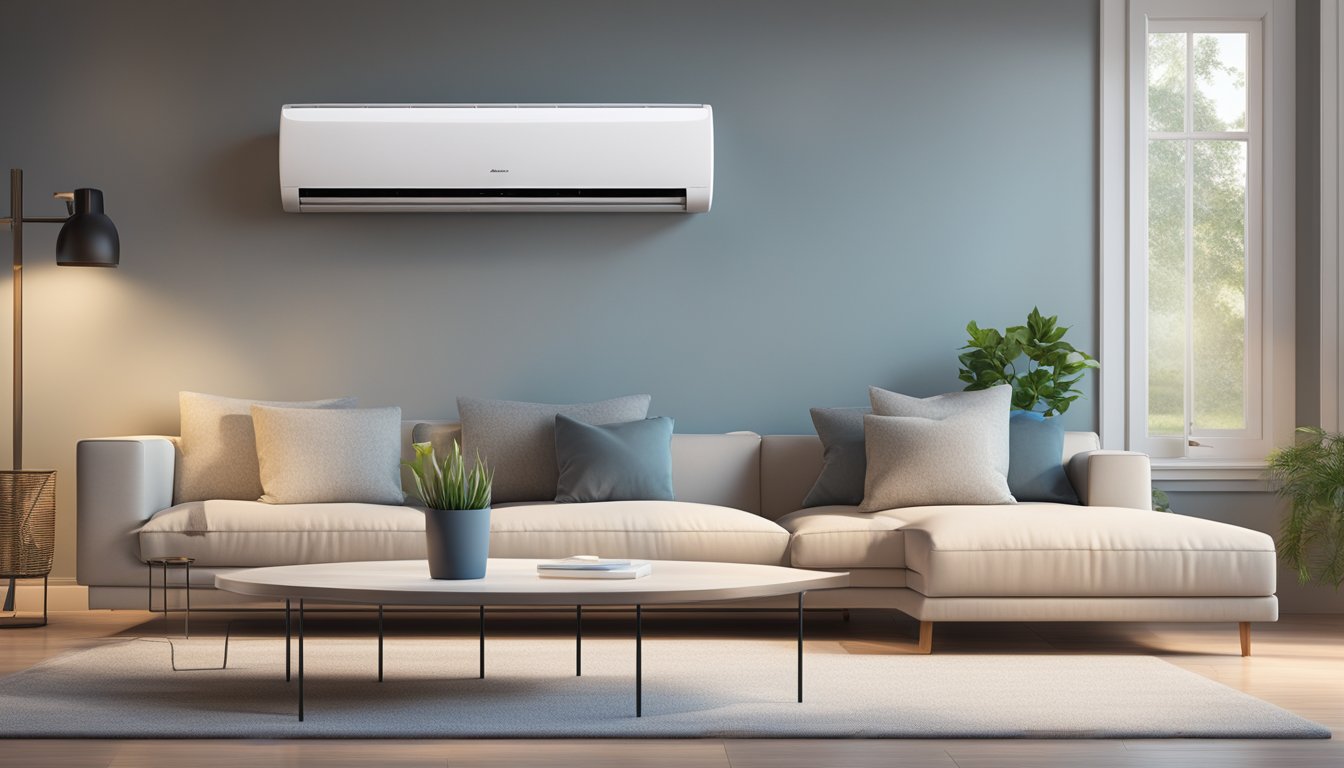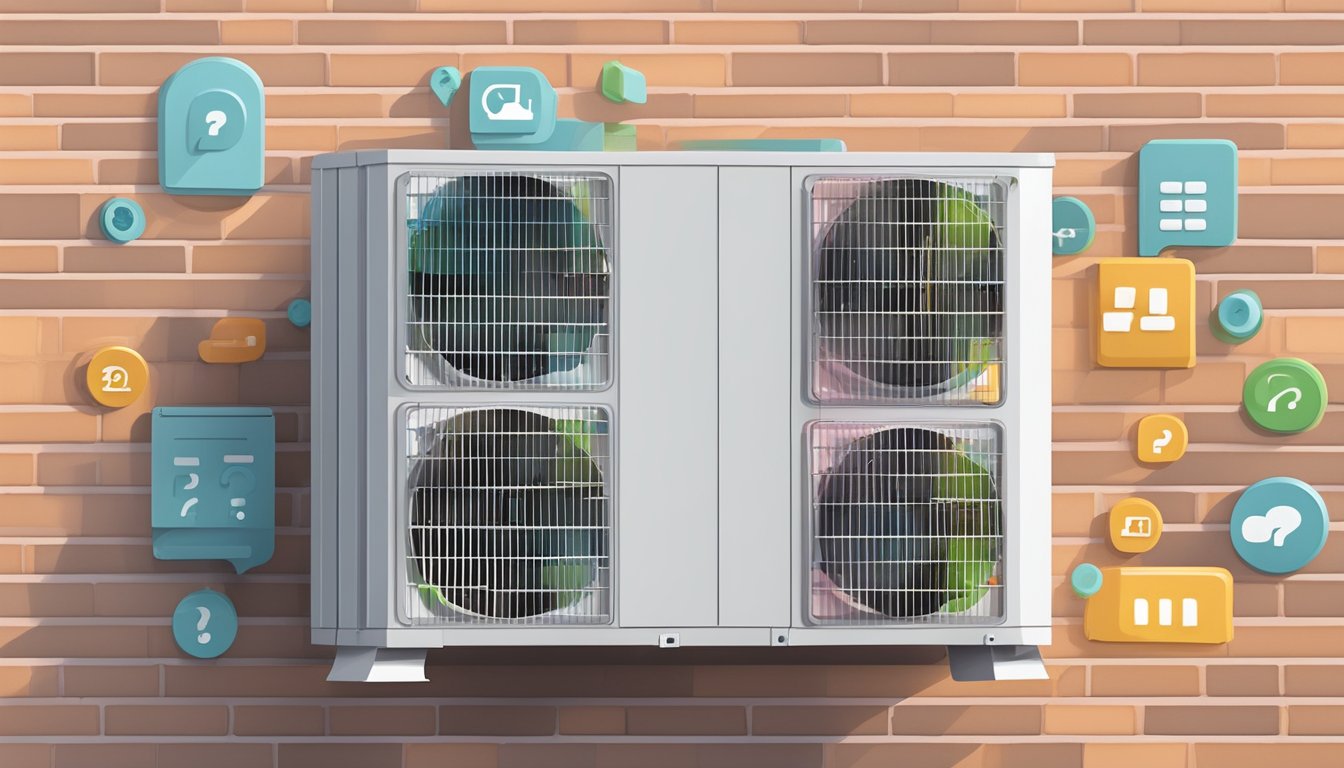Air conditioners are a staple in most households, especially in countries with hot and humid climates. They help regulate the temperature and humidity levels in your home, making it a comfortable place to live in. However, did you know that air conditioners have different modes that serve different purposes? Understanding these modes can help you maximize the use of your air conditioner and save energy.

The most common air conditioner modes include cool mode, dry mode, and fan mode. Cool mode is the default mode that most air conditioners operate in. It takes in hot air and runs it through a compressor to produce cold air before blowing it out into your room. Dry mode, on the other hand, removes excess moisture from the air, making it less humid. Fan mode simply circulates the air in the room without changing its temperature.
Advanced air conditioner models come with additional modes such as sleep mode, turbo mode, and energy saver mode. These modes are designed to provide more comfort and save energy. Sleep mode adjusts the temperature automatically to ensure a comfortable sleeping environment. Turbo mode cools the room faster by increasing the fan speed, while energy saver mode reduces energy consumption by adjusting the temperature and fan speed. Understanding these modes can help you choose the right mode for your needs and save energy.
Key Takeaways
- Air conditioners have different modes that serve different purposes, including cool mode, dry mode, and fan mode.
- Advanced air conditioner models come with additional modes such as sleep mode, turbo mode, and energy saver mode, which provide more comfort and save energy.
- Understanding these modes can help you choose the right mode for your needs and save energy.
Understanding Air Conditioner Modes

When it comes to air conditioning, there are different modes that you can choose from depending on your needs. These modes are designed to help you achieve the desired temperature, humidity, and air circulation level in your room. In this section, we will look at the different modes available and what they do.
Cool Mode
The cool mode is the default mode that occurs when you turn on your air conditioner for long periods of time. In this mode, the air conditioner takes in hot air and runs it through a compressor to produce cold before blowing it out into your room. You can adjust the temperature setting and fan speed to achieve the desired level of cooling.
It is important to note that running your air conditioner in cool mode for extended periods can result in high energy consumption and increased electricity bills. Therefore, it is advisable to use this mode only when necessary.
Dry and Dehumidifier Modes
Excess moisture in your room can cause discomfort and even damage your furniture. The dry and dehumidifier modes are designed to remove humidity from the air without cooling the room. In dry mode, the air conditioner runs the compressor and fan at a low speed to remove moisture from the air. On the other hand, the dehumidifier mode runs the compressor and fan at a higher speed to remove excess moisture quickly.
Fan and Air Circulation
The fan mode is designed to blow out air without cooling the room. This mode is useful when you need to circulate air in your room without changing the temperature. You can adjust the fan speed to achieve the desired level of airflow.
Air circulation is an essential aspect of air conditioning. It helps to distribute cool air evenly throughout your room and remove stale air. The indoor fan is responsible for circulating air in your room. You can adjust the fan speed to achieve the desired level of airflow.
In conclusion, understanding the different modes of your air conditioner is essential to achieve optimal comfort and energy efficiency. By using the appropriate mode, you can achieve the desired temperature, humidity, and air circulation level in your room. At Megafurniture.sg, we offer a wide range of air conditioners to suit your needs.
Advanced Features and Energy Saving

Air conditioners come with a range of advanced features and energy-saving modes that can help you stay comfortable while reducing your electricity bills. Here are some of the most innovative technologies and smart operation controls available in modern air conditioners.
Eco and Energy Saver Modes
Eco and energy saver modes are designed to reduce your electricity bills by using the least amount of energy possible. These modes allow you to regulate the air in your room while keeping your electricity bills low. You can use these modes to adjust the temperature and fan speed of your air conditioner according to your preferences.
Innovative Technologies
Modern air conditioners come with innovative technologies such as Econavi, Follow Me Mode, and I Feel Mode. Econavi is a smart technology that can detect your presence in the room and adjust the temperature and fan speed accordingly. Follow Me Mode allows you to control the temperature and fan speed of your air conditioner from your smartphone. I Feel Mode is another smart technology that can detect the ambient temperature and adjust the temperature and fan speed accordingly.
Smart Operation and Controls
Air conditioners come with a range of smart operation and control features such as swing mode, vertical air swing, horizontal air swing, and thermostat. These features allow you to adjust the direction of the air flow and regulate the temperature in your room. You can use the remote control or timer mode to set the temperature and fan speed according to your preferences. Make sure to read the user manual carefully to fully understand all the features and controls of your air conditioner.
Overall, air conditioners with advanced features and energy-saving modes can help you stay comfortable while reducing your electricity bills. If you are looking for a reliable and energy-efficient air conditioner, check out Megafurniture.sg, a leading Singapore ecommerce furniture store. They offer a wide range of air conditioners at competitive prices, so you can find the perfect one for your needs.
Frequently Asked Questions

What's the difference between 'cool' and 'dry' modes on your air con?
When you're using your air con, you might have noticed that there are two different modes - cool and dry. The cool mode is designed to lower the temperature of your room by blowing out cold air. The dry mode, on the other hand, is designed to remove humidity from the air without cooling the room. If you live in a humid climate like Singapore, the dry mode can be very useful in reducing the moisture content in the air.
How can you decipher the cryptic symbols on your air con unit?
Air con mode symbols can be confusing for many people. If you're one of them, don't worry, you're not alone. Understanding air con mode symbols is essential to operating your air conditioner effectively. In this article, we'll provide you with a comprehensive guide to air con mode symbols, so you can take control of your air con unit.
What's the most efficient mode to set your air con in sweltering summer heat?
In sweltering summer heat, you'll want to set your air con to the cool mode. This will help to lower the temperature in your room and make it more comfortable. You'll also want to set the fan speed to high to circulate the cool air around the room more quickly. By doing this, you'll be able to stay cool and comfortable even in the hottest weather.
Can you explain the various modes available on a window air con unit?
Window air con units typically have several different modes available, including cool, fan, and energy saver. The cool mode is designed to lower the temperature in your room, while the fan mode simply circulates the air without cooling it. The energy saver mode is designed to save energy by turning off the compressor when the desired temperature is reached. By understanding the different modes available on your window air con unit, you'll be able to use it more effectively and efficiently.
What's the secret to picking the perfect air con setting for your home?
The secret to picking the perfect air con setting for your home is to find the right balance between comfort and energy efficiency. You'll want to set your air con to a temperature that is comfortable for you, but not so low that it's wasting energy. You'll also want to make sure that you're using the right mode for the situation - for example, using the dry mode when it's humid outside. By finding the perfect balance, you'll be able to stay comfortable while also saving money on your energy bills.
Why are there so many different modes on your Mitsubishi air con, and which should you use?
Mitsubishi air cons typically have a wide range of modes available, including cool, heat, dry, fan, and auto. Each mode is designed for a different situation - for example, the heat mode is designed for use in cold weather, while the dry mode is designed for use in humid weather. By understanding the different modes available on your Mitsubishi air con, you'll be able to use it more effectively and efficiently.



